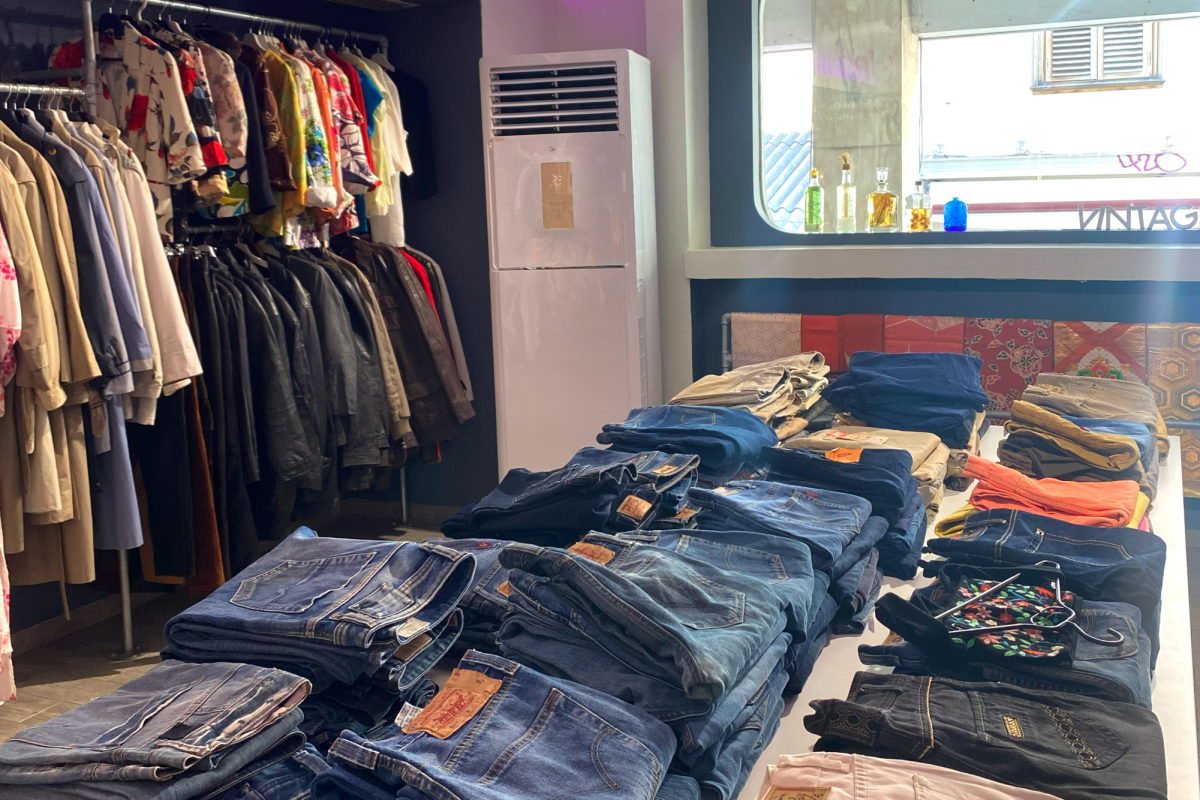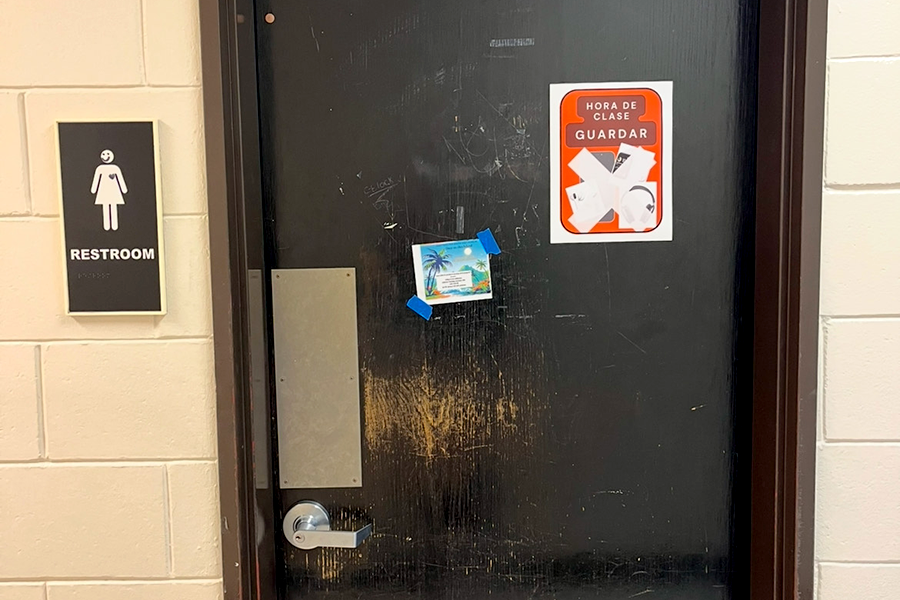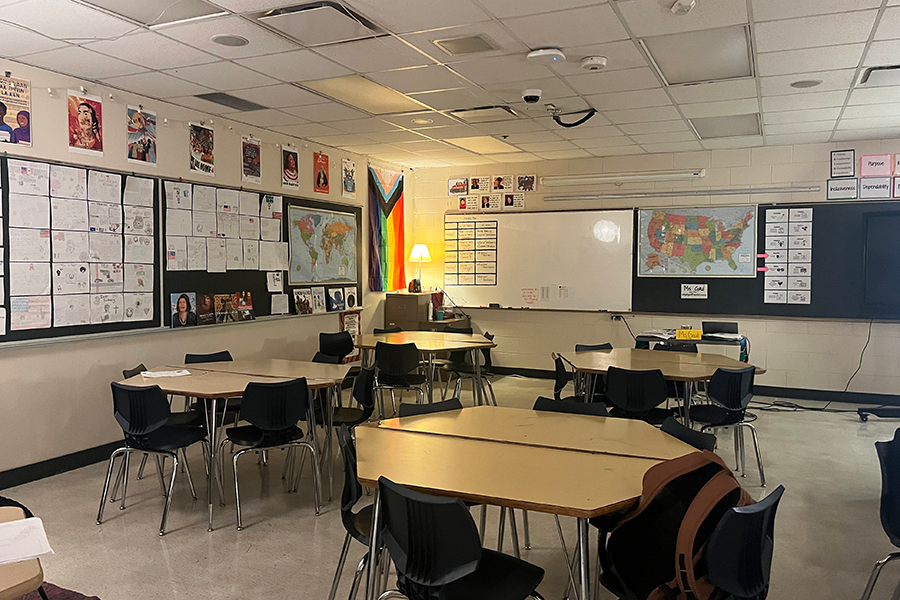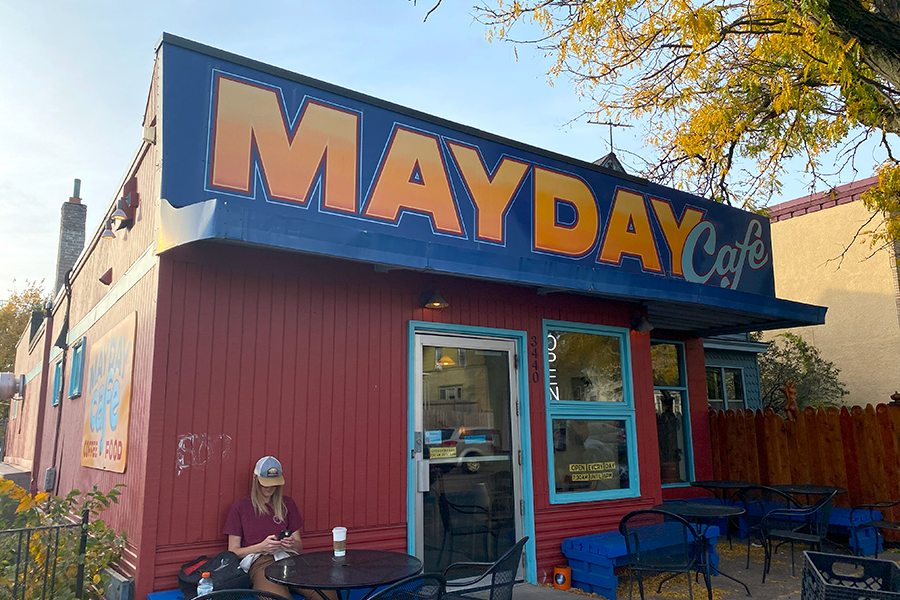After years of training, Susan Wolfe, one of three Career and Technology teachers at South, started the first virtual classroom in the world this year.
According to www.ehow.com, virtual education is a concept referring to instruction, not in a classroom, but online. Unlike a traditional classroom, teachers and students may see each other only a few times over the course of the class. Students receive course material from their teachers through online applications. Students can also communicate with teachers online and see other classrooms around the world.
South was able to start a virtual classroom thanks to the help of St. Paul Community College’s Metaverse program, which trained Wolfe on how to set up and operate a virtual classroom. The Minneapolis Public Schools’ IT department offered training on how to create and manage a Moodle account, and students receive course content from Wolfe through Moodle online.
Wolfe said having a virtual classroom is an effective teaching style, noting that some students learn better this way. Freshman Sadaf Pruitt, one of Wolfe’s students, said when asked about the teaching style, “[It is effective because] you never miss anything, and can go back and reread the information.” Wolfe says that her favorite part of having a virtual classroom is submitting the course content online. She said she believes that makes her a very effective teacher.
Pruitt prefers a virtual classroom to a traditional one because “you can work at your own pace.” Pruitt also explained that “If you miss a day of school, you can work on [the assignments] at home.” Sophomore Briana McCurry and senior Jacy Norgaard, two more of Wolfe’s students, agree with Pruitt. Norgaard believes a virtual classroom adds creativity to teaching.
While a virtual classroom has its many benefits, it also has some drawbacks. Wolfe said, “Some students are not prepared to be self-directed.” In a virtual classroom, students are required to do class work on their own without teacher supervision.
According to Bill Ruff, a teacher in the same department as Wolfe, another drawback is that students miss the face-to-face interactions with their teacher and peers. Also, because the technology is new, South is also still working out the bugs, like the fact that Wolfe is not yet able to get access to other classrooms around the world.
Despite its drawbacks, both Wolfe and Ruff, along with South High assistant principal Steven Simondet, support the idea of having a virtual classroom. Ruff said, “Anything that helps the student with being present is good; virtual or otherwise. Jesse Sirovy , another teacher in the same department as Wolfe, is undecided about the classroom but supports trying it out.
Sirovy said he believes there will be more and more virtual classrooms in the future, saying “It is a excellent link between online classes and brick and mortar school.” South High librarian Susan Bloom adds that “[virtual classrooms are] for people in rural areas where people do not have a lot of technology.”
Simondet, who helped set up Wolfe’s virtual classroom, said a good place to have another virtual classroom is in Beijing, China, where South has a sister school. “It is a work in progress,” he said.








Pat Bonfoey • Feb 17, 2011 at 7:38 pm
This is an excellent article, I was not familiar with this subject so it was enlightening, as well as educational. Thanks Sam, a great job of keeping us informed of the changes in the classroom.